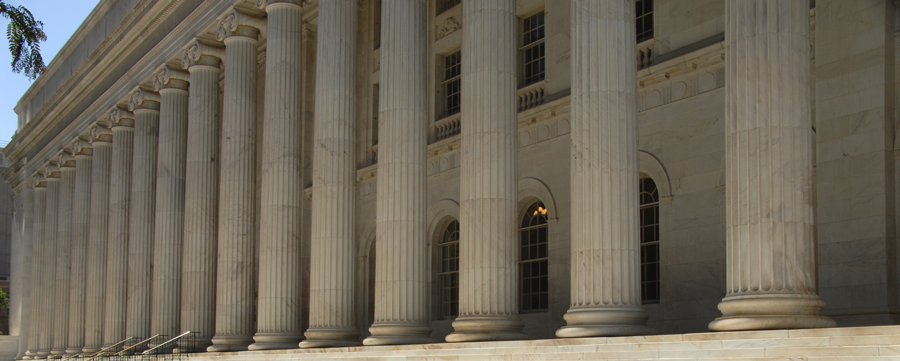Abstract
This Essay studies the ongoing clean energy transition on the Hawaiian island of Molokai. Efforts to reduce the island’s reliance on imported diesel fuel and exposure to volatile petroleum prices requires improving access to energy resources and mitigating climate change impacts. Rather than relying on or retrofitting inequitable legacy models, Molokai has opted to pursue low-cost, clean, and affordable distributed local energy. This essay posits that the contemporary model of the Molokai Community Energy Resilience Action Plan (CERAP), through the use of citizen involvement to generate community empowerment and integration of the work of the Hawaii Natural Energy Institute (HNEI) and the State of Hawaii, can be used as a model for community-driven energy planning on the United States mainland. Molokai’s clean energy transition is an important example of how to mitigate climate impacts through incorporating renewable energy projects into existing energy infrastructure while responding to energy justice concerns.
Keywords
ClimateResilience, CleanEnergyTransition, CommunityEnergyPlanning, EnergyJustice, RenewableEnergy
